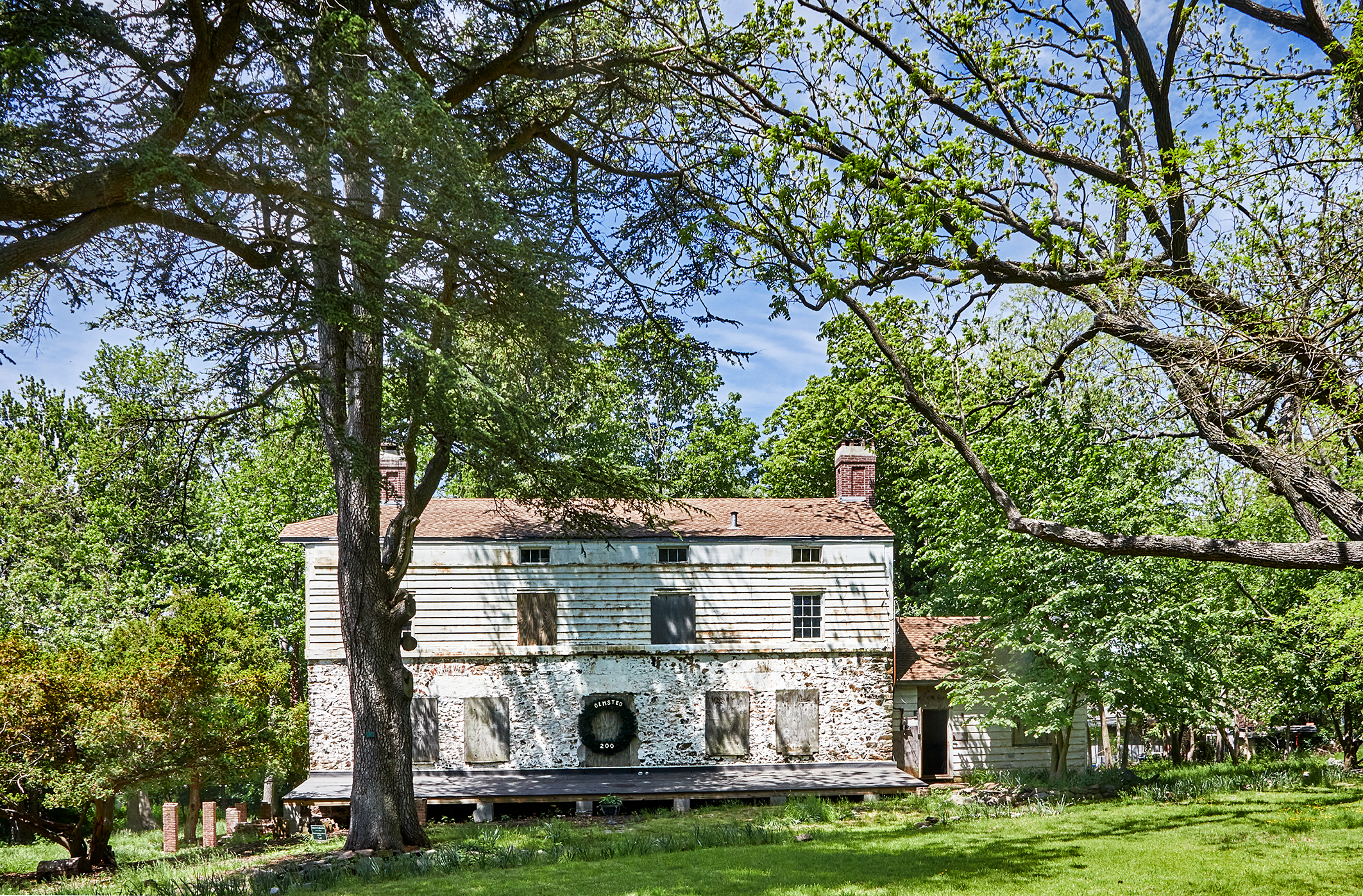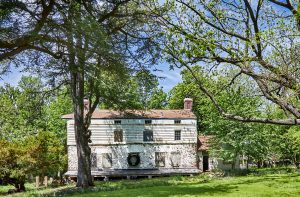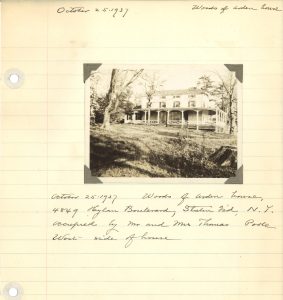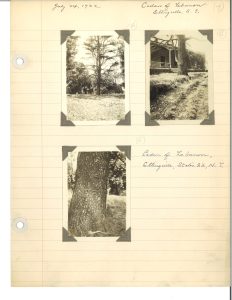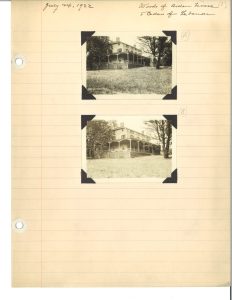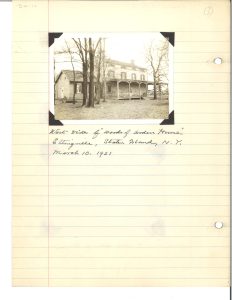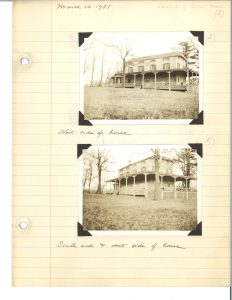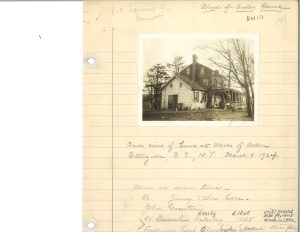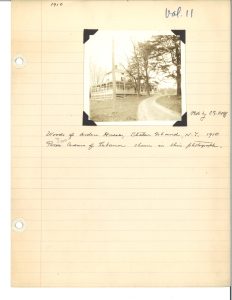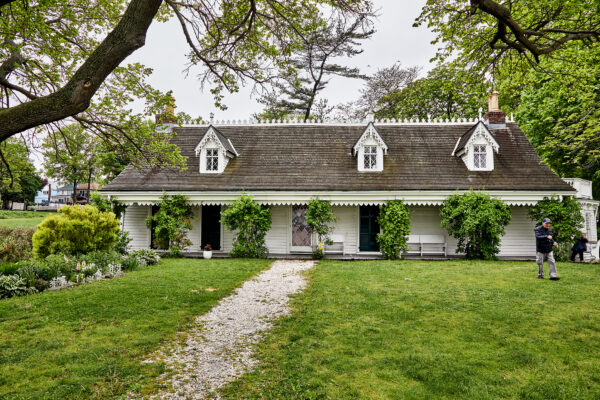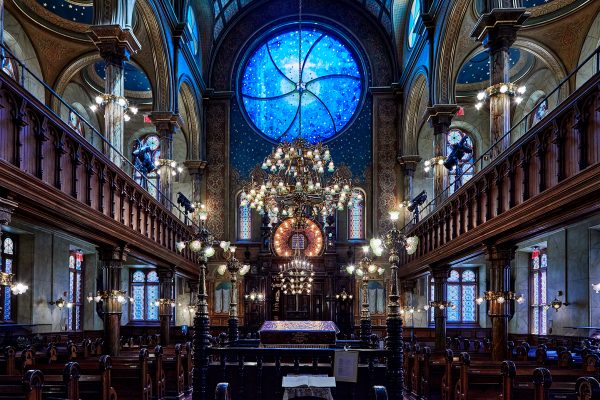Why is this building significant?
This two-story, wood-and-stone farmhouse, set on a 1.7-acre site, is the last vestige of a 130-acre farm dating from the 17th century. It was here where one of the country’s great landscaping master Frederick Law Olmsted came up with many of the design ideas he later used in his conceptions of Central Park and other innovative landscape projects. Naturalist and educator Carlton Beil and his wife, Louise, bought the house in 1955. They were its last private owners.
What did the New York Landmarks Conservancy do?
We funded a conditions survey of the house shortly after New York City brought it and the surrounding property in 2006 and declared it a public park. When we learned in 2019 that the house and grounds were being neglected, we helped galvanize national public interest in restoring the property. Through fundraising and a grant, we spent $150,000 to help stabilize the house. A recent $50,000 grant will protect the windows and help restore electricity. We continue to fundraise. We also succeeded in getting the house listed on the New York State and National Register of Historic Places and established a partnership with the New York City Parks Department, the Historic House Trust, and a local friends group with the goal of opening the house and grounds to the public.
Contemporary

